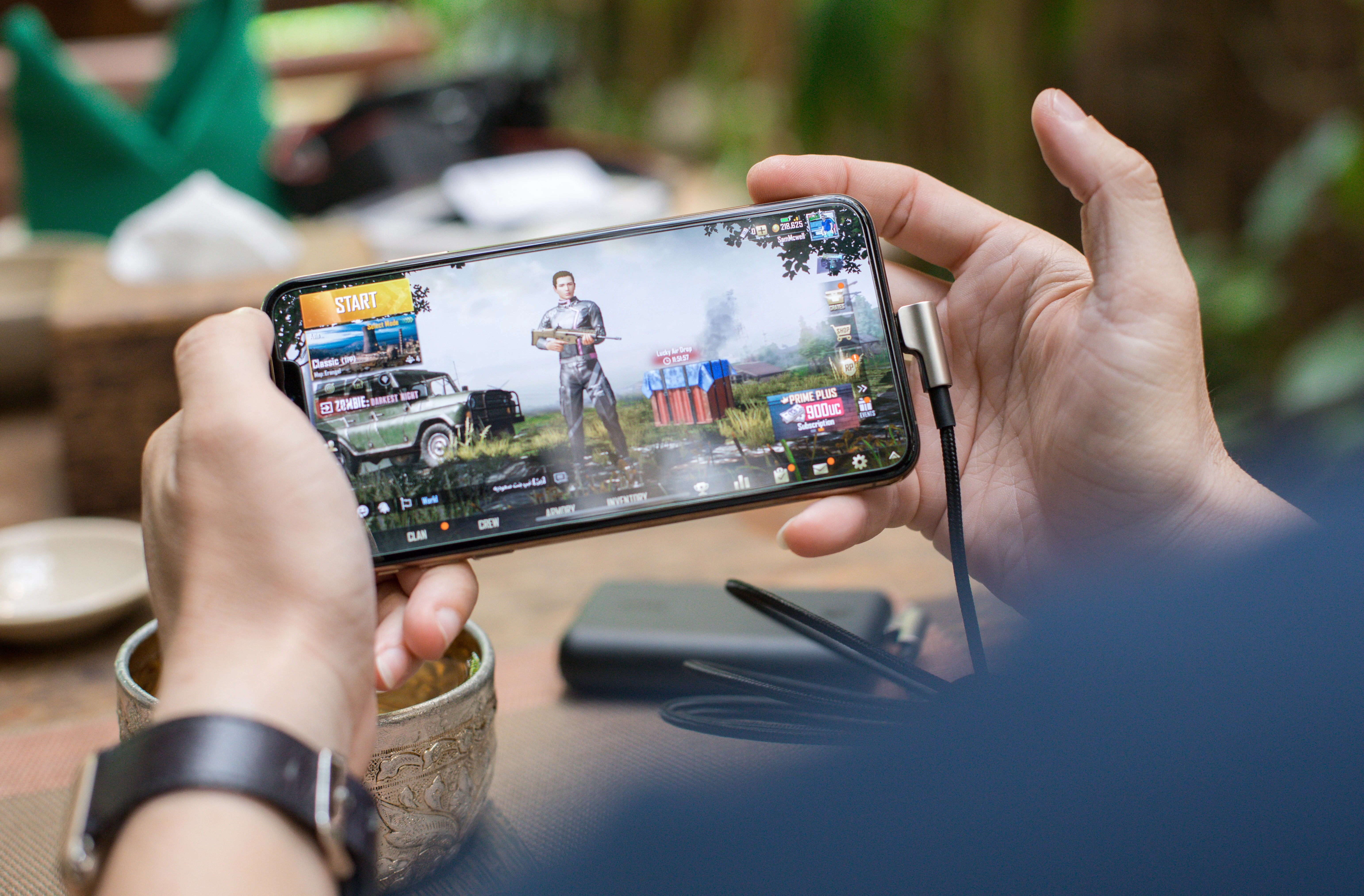
A guide to building your first mobile game
Mobile games are the way of the future. Not only are they convenient for the players who can enjoy them on their daily commutes, but they can be easily advertised on platforms like iOS and Android. If you are a game designer, you may be thinking about how you can make your first mobile game. Here is a step guide to get you started.
1. Plan your mobile game.
User acquisition mobile games all have a solid plan behind them. The strength of your plan can determine whether or not it is successful. Think carefully about the type of game you are going to make. Many game designers often go for a simple concept that can be easily advertised on social media. Consider whether it’s a racing, puzzle, virtual or side-scroller game. Some game designers focus on creating narrative-based games that can really grab the interest of the player.
Write down your ideas and concepts in a mind-map or list format. That way, you can think about your storyline, characters, art style, and how your game is going to stand out from other games in its genre. You can also consider your advertising plans and how you are going to get the attention of your target audience.
2. Use the right mobile game software
To make sure you can use the right platforms to advertise your game, including iOS and Android, you need to choose software that is accessible for all players. The software needs to be simple to use and code. That way, you can enjoy creating your game while reducing the number of bugs that could inconvenience your players. Some examples of the best gaming software for you to try include:
- UDK by Unreal Engine
- Unity
- GameSalad
- GameMaker Studio 2
- Construct
Don’t forget that some platforms may be more receptive to different software. So, do your research before you select your favourite.
3. Understand a programming language
Once you have decided on which software you want to use, make sure you are up to date in your programming language skills. If you have no prior knowledge of programming languages, an easy one to start with is C#. This should help with the development process and may also assist if you plan on having more than one developer on your team, as it is a very commonly used programming language, especially with Unity developers.
4. Basic game mechanics
Now that you have finished selecting the basics of your game, it is time to think about its mechanics. Essentially, this means you have to actually start building your game. So, when you do that, you think about all the rules that go with your game. Start off with your first level and use it to implement your basic mechanics. This includes designing and using your graphics. Once this is done, you can test it out before creating an interface. This includes your menu, option selection, and screens.
If you are not feeling very confident about any of the basic mechanics processes, such as creating visuals or screens, you can outsource to a designer to help you.
5. Fix any bugs and issues
By this point, you should have a full game that has had the basics of game design moulded into it. However, you shouldn’t just release it to the general public at this point. Once the game has been finished, try and fix any bugs that you spot in your game. After all, the more issues there are in your game, the less likely it is that game players will keep playing.
You will want to increase the life of your game, so keep an eye out for any pixelations that could disturb the quality of your visuals. You should also look over your storyline to ensure it entirely makes sense and is engaging for your viewers. Take a close look at your controls and music as well. You need to make sure that controls are easy to use and the music does not take away from the overall gaming experience.
Another idea of how you can test your game is to ask friends or professional game testers to try it out. They can provide helpful feedback that can improve the quality of your game and allow you to fix any issues that are spotted.
6. Make the game public
Once your game is as good as it can be, it’s time to release it. Don’t worry about it being perfect. Instead, focus on adding updates that can help improve the quality of your game in the future. Also, make sure to listen to your players if they provide feedback.
Are you ready to make a mobile game?
Making a mobile game can be extremely fulfilling if you are wondering about how you can increase your development portfolio. Try it out for yourself and enjoy the process!
Looking to promote your product/service to SME businesses in your region? Find out how Bdaily can help →
Enjoy the read? Get Bdaily delivered.
Sign up to receive our popular morning London email for free.




 test article 123456789
test article 123456789
 hmcmh89cg45mh98-cg45hm89-
hmcmh89cg45mh98-cg45hm89-
 test456456456456456456
test456456456456456456
 test123123123123123123
test123123123123123123
 test xxxdiosphfjpodskhfiuodsh
test xxxdiosphfjpodskhfiuodsh
 Savour the flavour: North Tyneside Restaurant Week returns for 2024
Savour the flavour: North Tyneside Restaurant Week returns for 2024
 Six steps to finding the right buyer for your business
Six steps to finding the right buyer for your business
 Stephen signs off on a special night
Stephen signs off on a special night
 Life’s a Peachaus: Gillian Ridley Whittle
Life’s a Peachaus: Gillian Ridley Whittle
 Making a splash: Phil Groom
Making a splash: Phil Groom
 Making workplace wellbeing a priority
Making workplace wellbeing a priority
 A record of delivery, a promise of more: Ben Houchen
A record of delivery, a promise of more: Ben Houchen